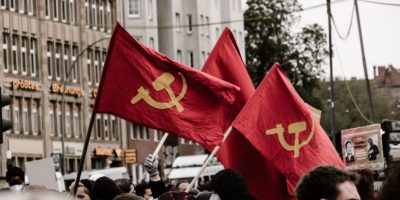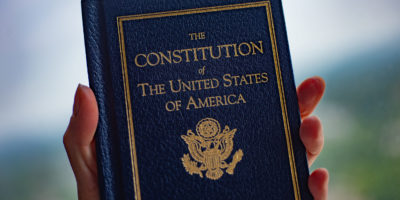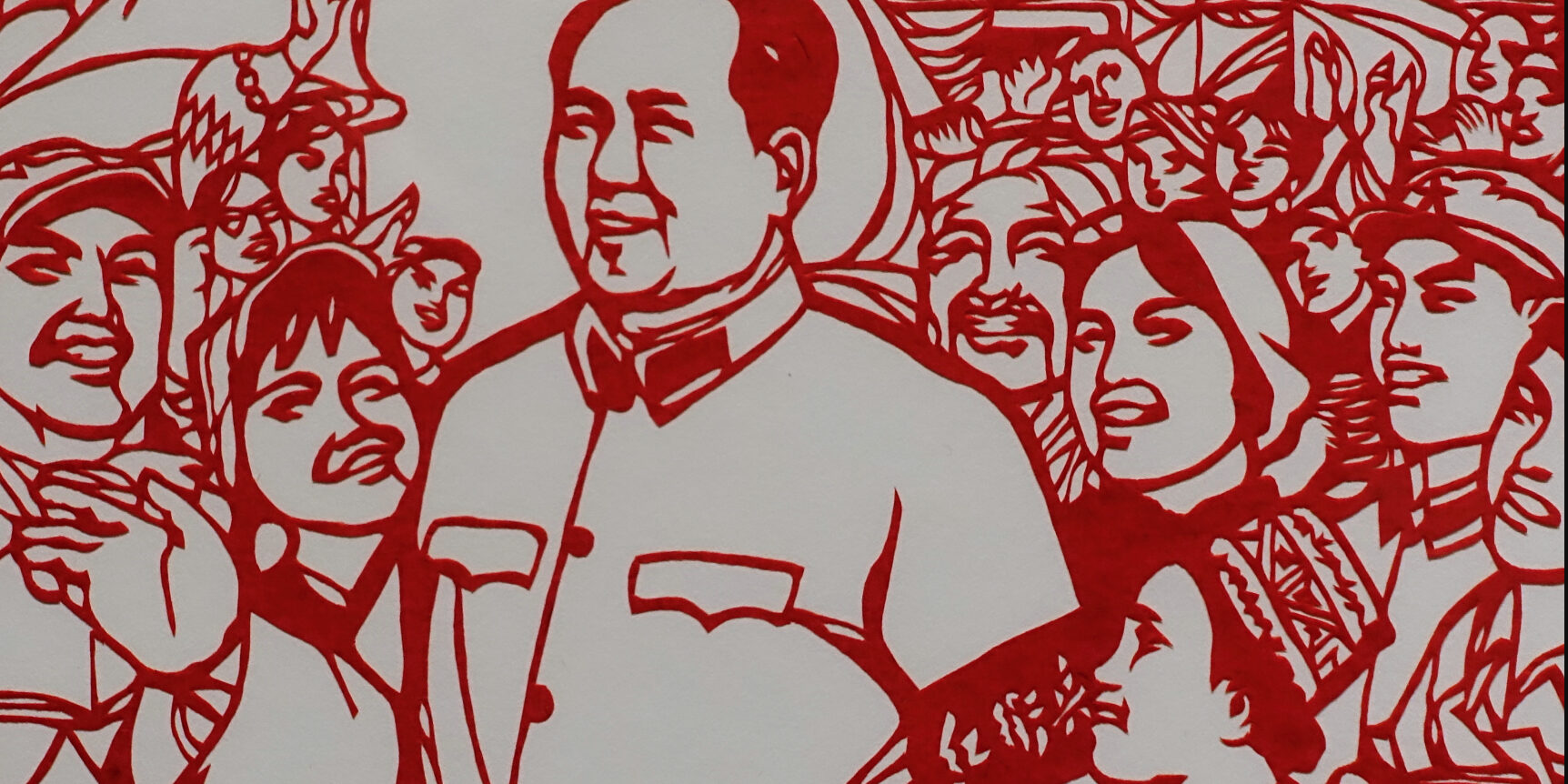by Nathan Law
The Cultural Revolution, a decade-long socio-political upheaval initiated by Chairman Mao Zedong in 1966, caused as many as two million deaths and reshaped China. Under the influence of Mao’s personality cult, an entire nation was mobilized to purge the ‘reactionary elements’ in society and the Chinese Communist Party through public denunciation and demolition of traditional heritages.
Children turned on their parents; pupils murdered their teachers, and those who survived the summary public trials were often banished – as a young Xi Jinping himself was, living in a cave for seven years, after his father fell from favour.
Impossible moral choices
In her engaging and sensitive narrative account of the revolution’s upheaval and its consequences, Tania Branigan, the Guardian’s China correspondent between 2008 and 2015, speaks to some of those who survived those terrible years, considers their impossible moral choices and explores the far-reaching legacy of the revolution in present-day China.
Mao urged the party to cleanse itself of its ‘class enemies’: ‘capitalists’ such as landowners and shopkeepers, but also artists, farmers and university professors. Often their family members were tainted by association and persecuted. Branigan captures the awful sense of intimate betrayal and tragedy nowhere more than in the testimony of Zhang Hongbing, a lawyer turned zealous Red Guard.
Zhang denounced his mother, a hospital worker, as a ‘counter-revolutionary’ because her father owned land. She was eventually executed but not before her son struck her twice during her arrest to show his party loyalty. ‘What I did to my mother was worse even than to an animal,’ the remorseful Zhang tells Branigan.
Zhang points out that his actions were far from uncommon: ‘The whole country was doing it.’ This unreconciled sense of betrayal and fear still blights China: ‘Our society is ethically hollow. If we trace these problems to their roots, we are likely to find them in the Cultural Revolution,’ one survivor is quoted as writing.
Branigan encapsulates the difficulties around reconciliation and remembering in the story of Song Binbin. As a schoolgirl in 1966, she and two classmates were the first to pin up a poster attacking teachers for urging students to focus on their work instead of the revolution. Song’s classmates then beat the school vice principal Bian Zhongyun to death in the playground. The case was never properly investigated, and the death was dismissed as an accident.
The pain of remembering
In 2014, Song apologized publicly for the poster and expressed a sense of guilt for not intervening on Bian’s behalf. But Bian’s widower rejected the apology. Song did not speak to Branigan herself, instead allowing her friends to speak in her defence. ‘They had spoken of truth and reconciliation, but not once of justice. Every remark brought them towards closure, not accountability,’ Branigan writes.
The inability to come to terms with the past pervades the book, most of whose interviewees express feelings of resentment, fear and shame about the Cultural Revolution. I sensed the same emotions when, as a boy, I talked to a neighbour in Hong Kong who was then in his 70s. He escaped from China in the late 1960s due to political and economic strains. He simply nodded and fell silent when I asked him to elaborate.
As Branigan writes: ‘Most Cultural Revolution survivors had learnt to bend with the will of the time; not only to do as they were told but to imply that doing so was their own idea. It was better – safer – to stay silent or lie.’
This collective trauma is exacerbated by official unwillingness to address the past. The Cultural Revolution warrants no more than a few paragraphs in official textbooks with no mention of the suffering it unleashed. Documents of the period that might tarnish the CCP remain unavailable; any attempts to interrogate the Cultural Revolution are condemned as ‘historical nihilism’ by the party.
What makes Red Memory timely is that some of the CCP’s most harmful current policies can be seen through the lens of the Cultural Revolution. The similarities are staggering: the adoption of a personal cult of Xi Jinping; intolerance not only of dissent but of intellectual discussion; and an intensifying reporting culture and surveillance over the country’s citizens.
Although the book does not elaborate, we can connect the dots that show how aspects of the Cultural Revolution migrated to 21st-century China. As a Hong Kong human rights campaigner and former politician, I may have been labelled by the CCP as a ‘democratic activist’ rather than ‘counter revolutionary’, but I was portrayed as an enemy of the state and assaulted by mobs mobilized by Beijing. Ultimately, I was forced to leave in 2020.
As far as she is able, Branigan depicts how the Cultural Revolution warped family relationships, communities and hierarchies. But we are far from anything like a comprehensive attempt to understand how deep the wound of the Cultural Revolution runs, let alone how to begin healing it. Only when accountability and democracy have arrived in China can we hope to begin that process.
via Chatham House











